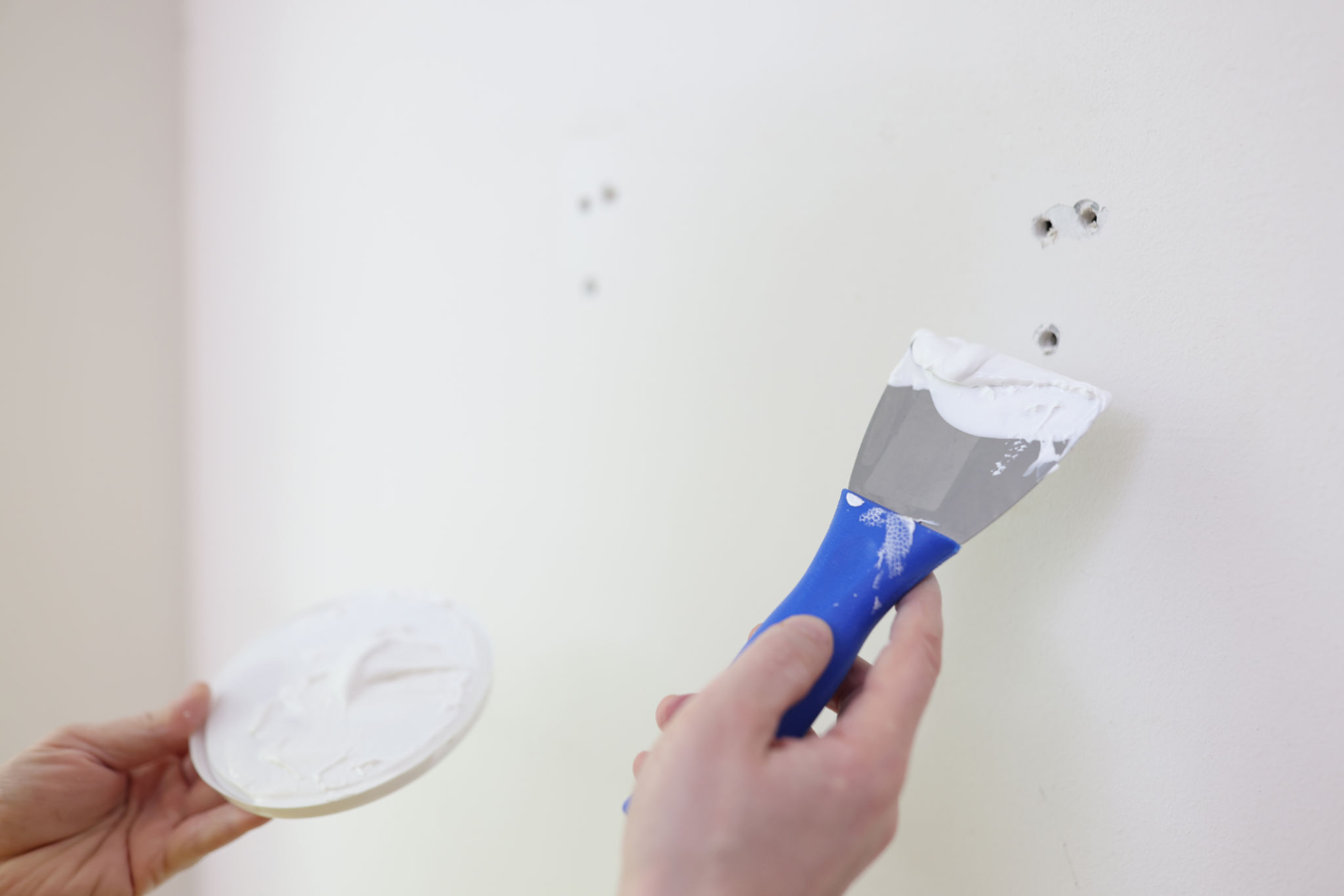Drywall Repair 101: Fixing Common Issues in Your Home
Drywall is a common material used in homes for its affordability and ease of installation. However, it can be susceptible to damage over time. Whether it's from moving furniture, accidental bumps, or even water damage, knowing how to repair drywall can save you both time and money.

Understanding Common Drywall Issues
Before diving into repairs, it's essential to identify the type of damage you're dealing with. Here are some of the most common drywall problems:
- Dents and Dings: These are minor surface imperfections caused by small impacts.
- Holes: Ranging from small nail holes to larger ones caused by doorknobs or accidents.
- Cracks: Often appear due to settling of the house or temperature fluctuations.
- Water Damage: Results in discoloration, bubbling, or crumbling texture.
Tools and Materials You’ll Need
Having the right tools and materials is crucial for a successful drywall repair. Here's what you'll typically need:
- Drywall compound
- Putty knife
- Sandpaper
- Drywall patch kit (for holes)
- Paint (to match existing wall color)
For larger repairs, you might also need a drywall saw and pieces of drywall. Ensuring you have these on hand before starting will streamline the process.
Repairing Small Holes and Dents
For minor dents and small holes, the repair process is straightforward:
- Clean the area: Remove any loose debris around the dent or hole.
- Apply compound: Use a putty knife to spread drywall compound over the area, smoothing it out evenly.
- Sand and paint: Once the compound is dry, sand it down until smooth, then paint over it to blend with the existing wall.

Tackling Larger Repairs
Larger holes require a bit more effort. Here's a step-by-step guide:
- Cut out the damaged area: Use a drywall saw to create a clean square around the hole.
- Attach a patch: Size a piece of drywall to fit the cut-out section and attach it using screws.
- Tape and compound: Apply drywall tape along the seams and cover with compound. Sand down once dry.
- Finish with paint: After ensuring a smooth finish, paint over the patch to match the wall.
Addressing Cracks and Water Damage
Cracks can usually be filled with drywall compound and sanded smooth. However, if you notice recurring cracks, there might be an underlying structural issue that needs professional attention.
Water damage is more severe. You must first identify and fix the source of moisture before repairing the drywall. Once resolved, remove the damaged drywall section, replace it with new material, and finish as you would with a large hole repair.

Prevention Tips
While knowing how to repair drywall is useful, preventing damage in the first place is even better:
- Avoid moisture buildup: Use dehumidifiers in damp areas and fix leaks promptly.
- Cushion high-impact areas: Use wall bumpers behind doors to prevent doorknob damage.
- Regular inspections: Periodically check walls for signs of damage or wear.
By following these tips, you can maintain your drywall's integrity, ensuring your home remains aesthetically pleasing and structurally sound. Repairing drywall might seem daunting at first, but with the right approach and tools, it can be a manageable DIY project for any homeowner.
